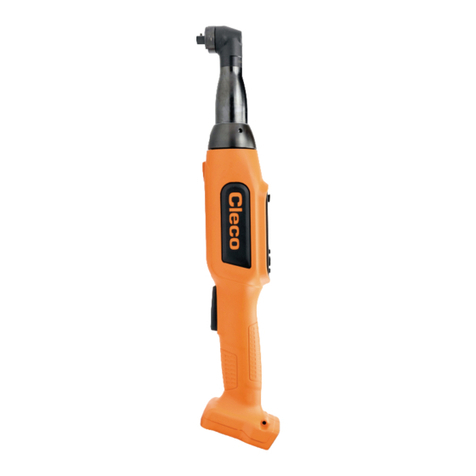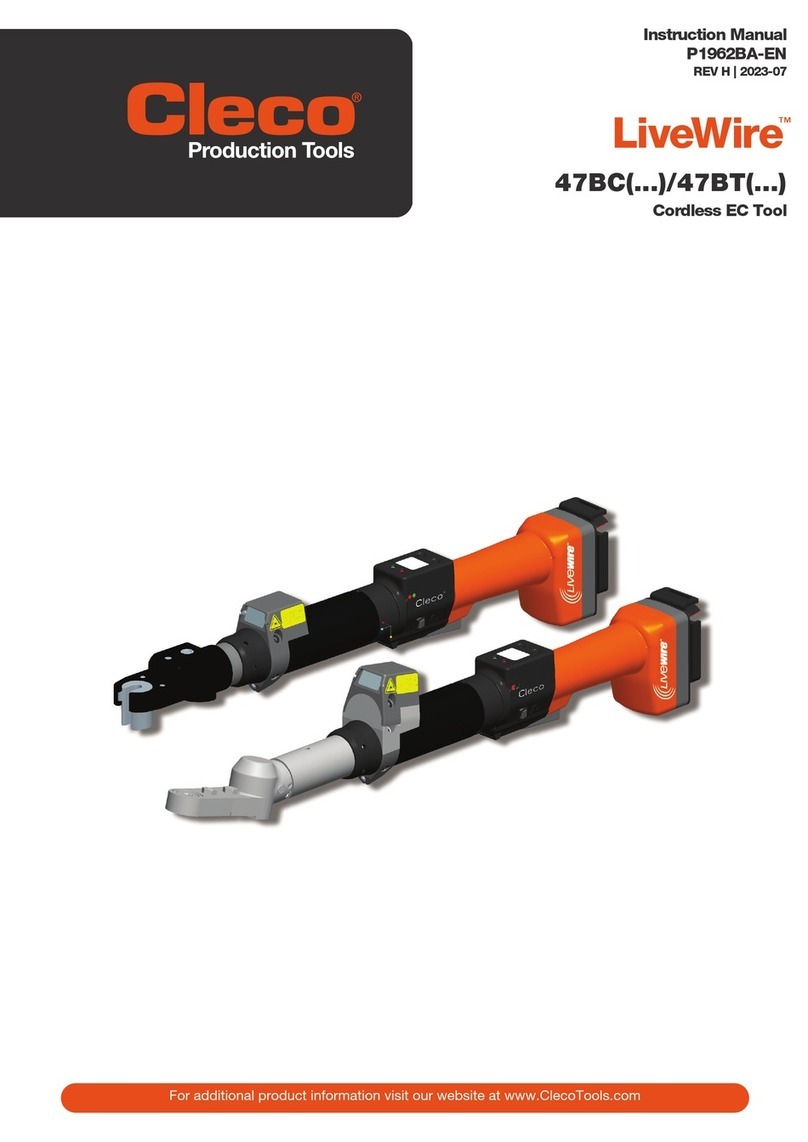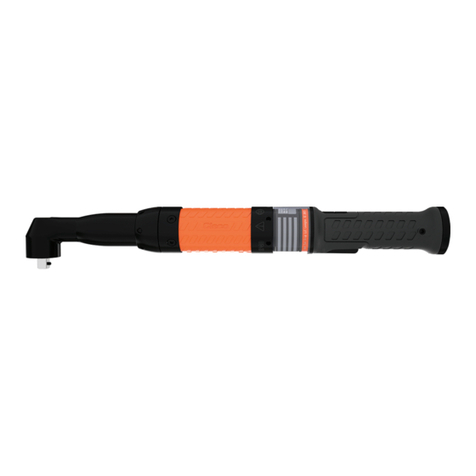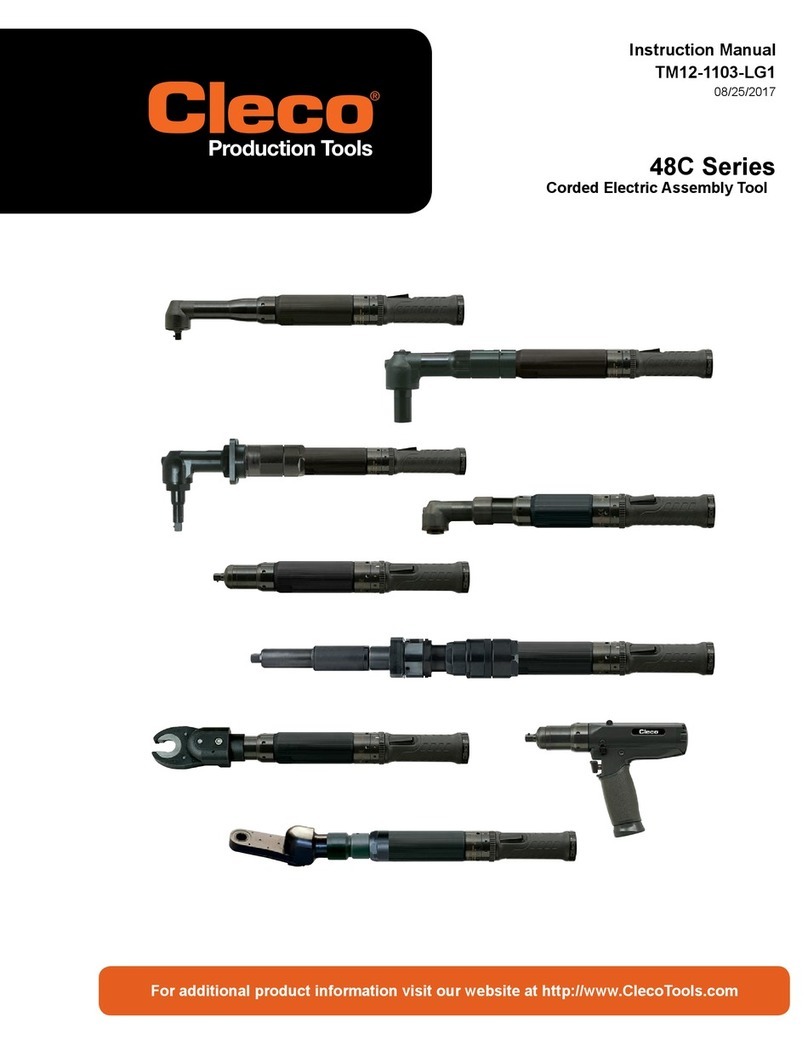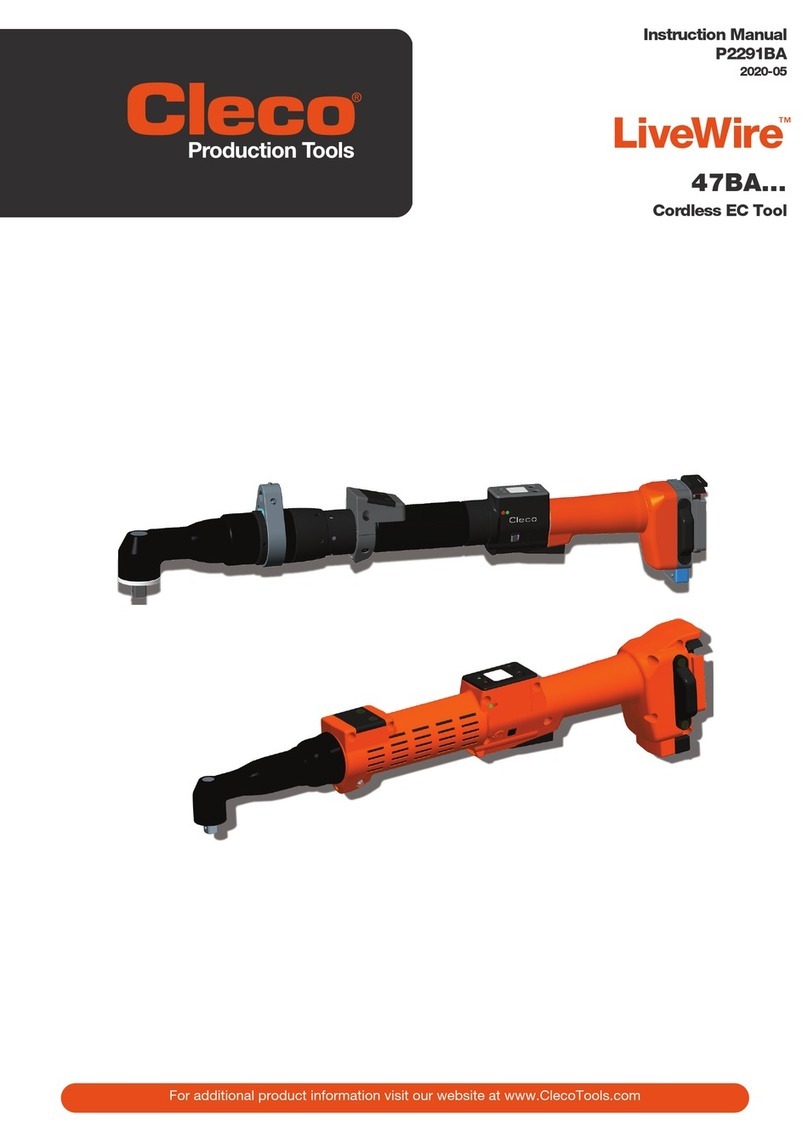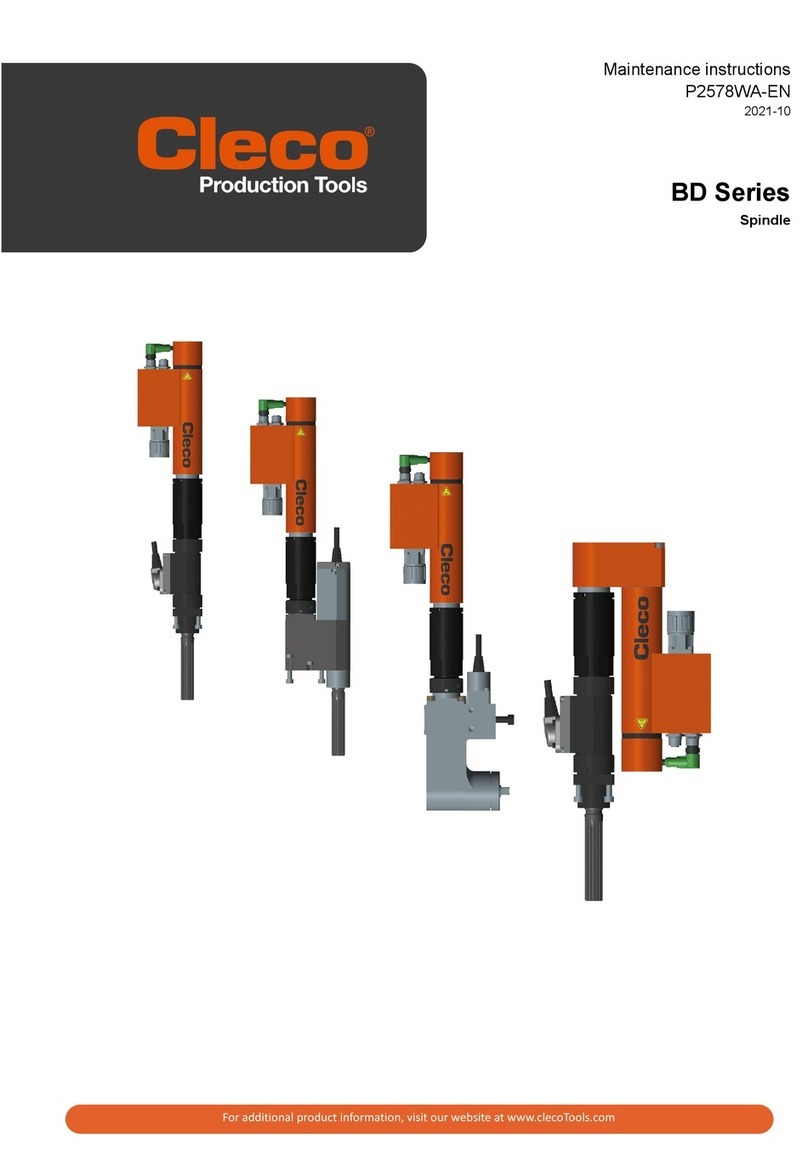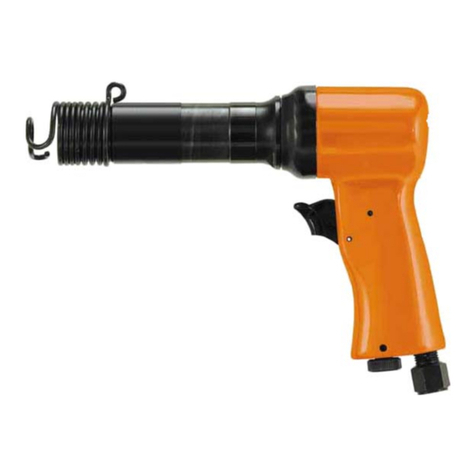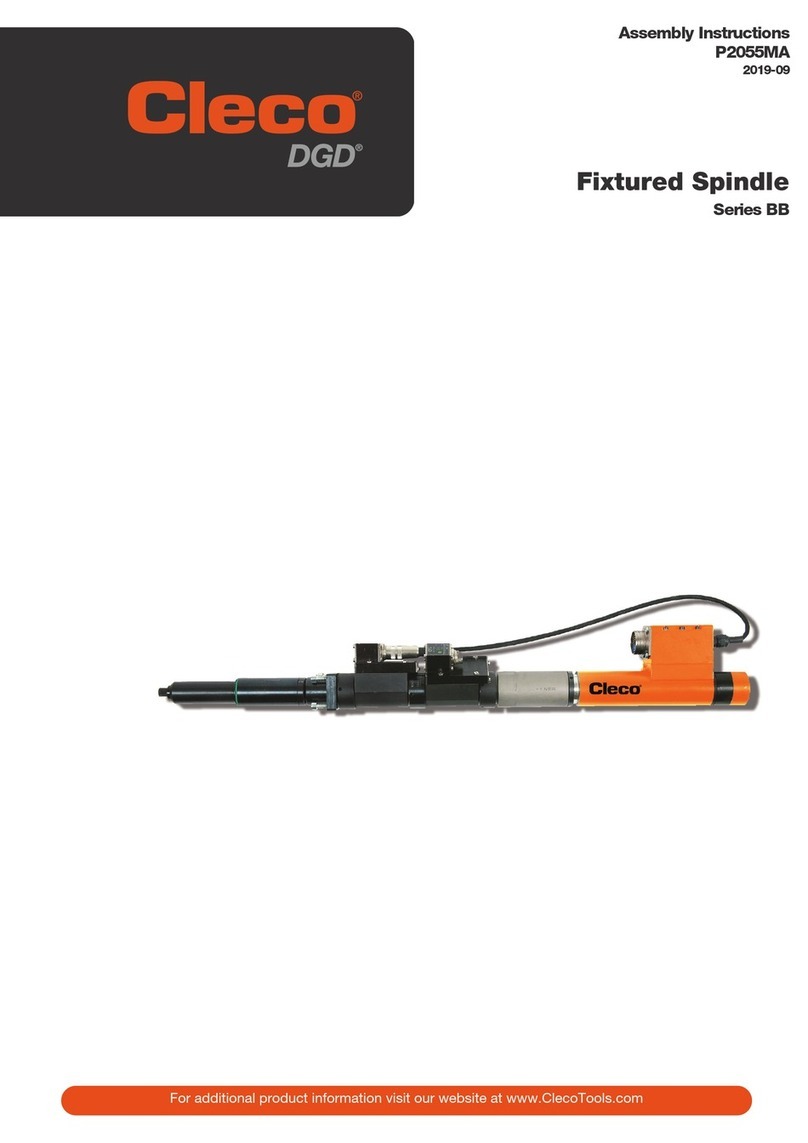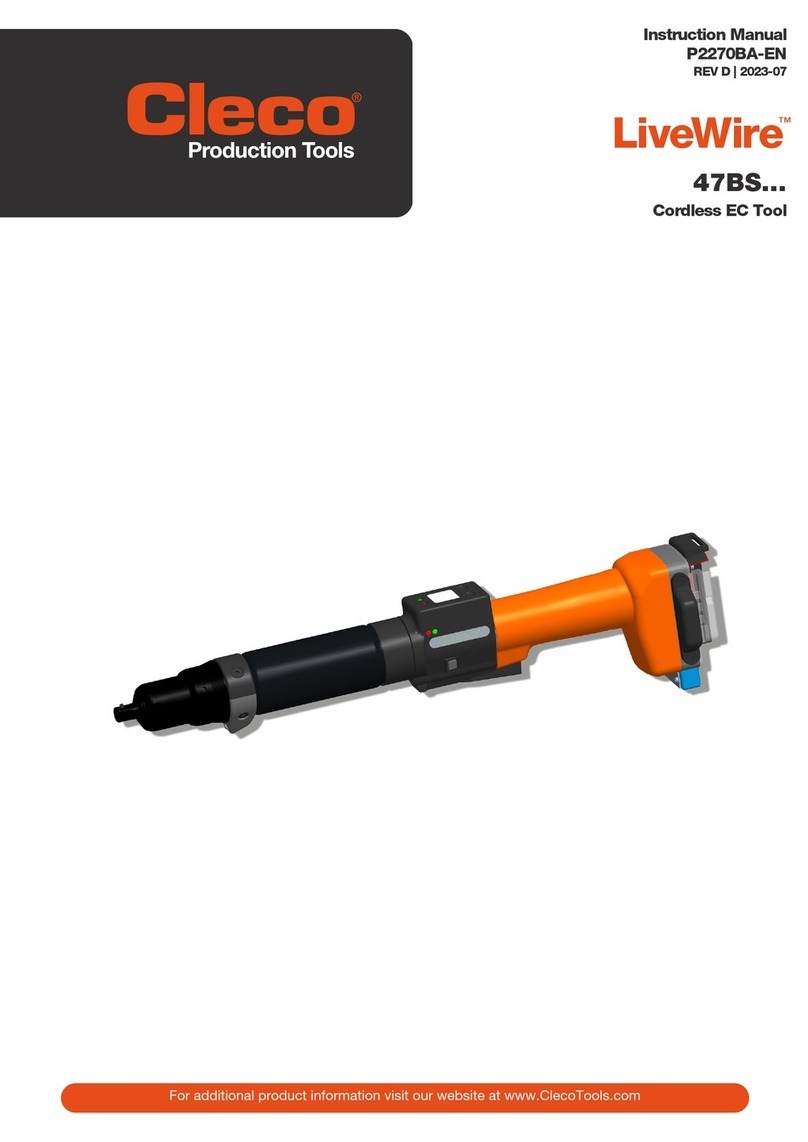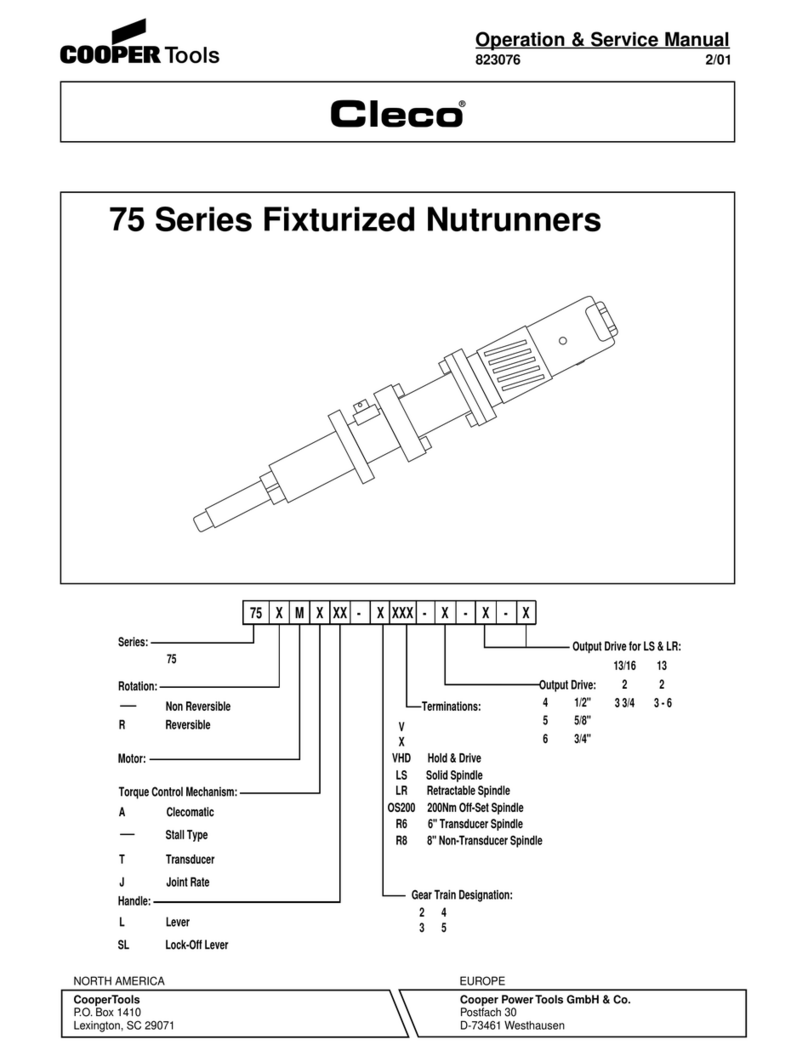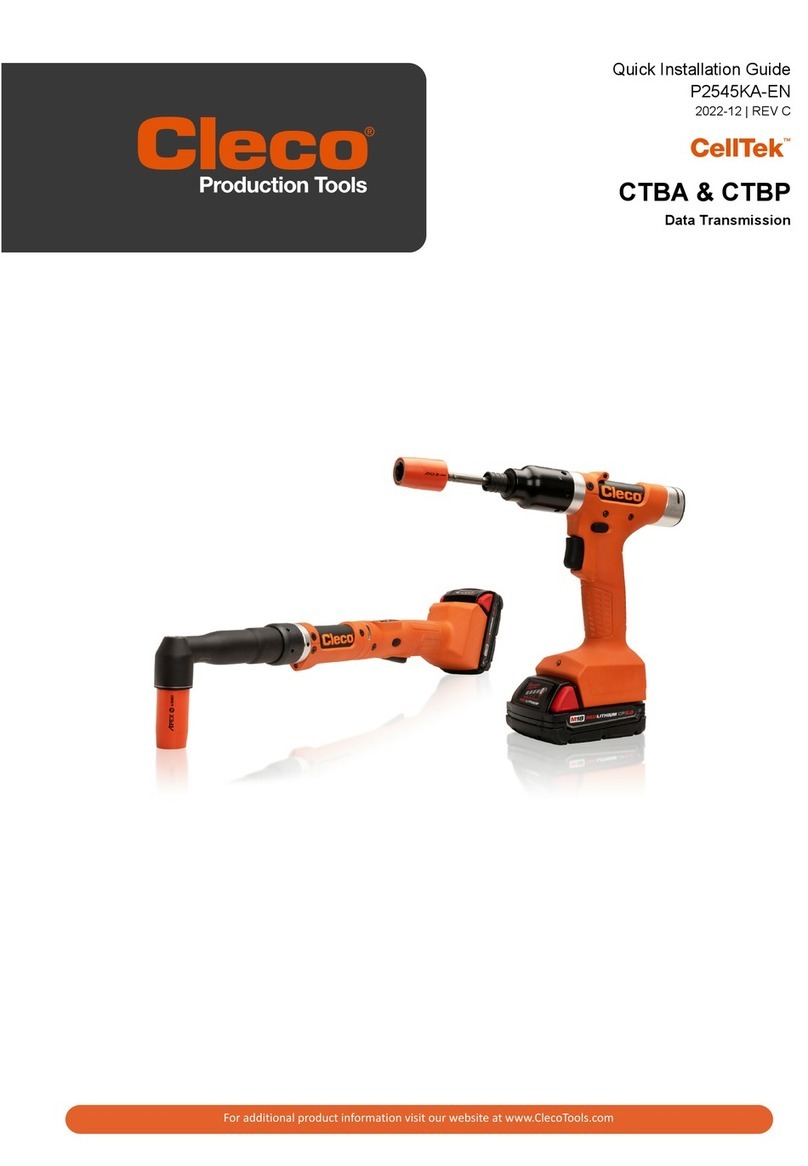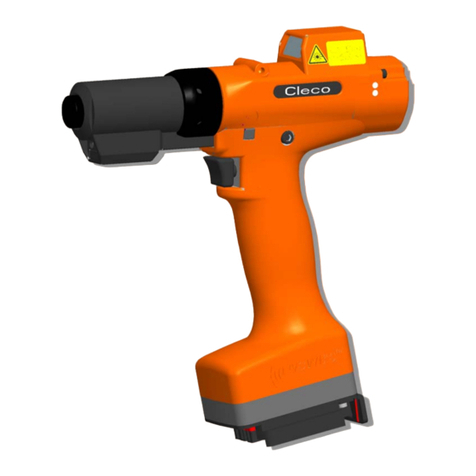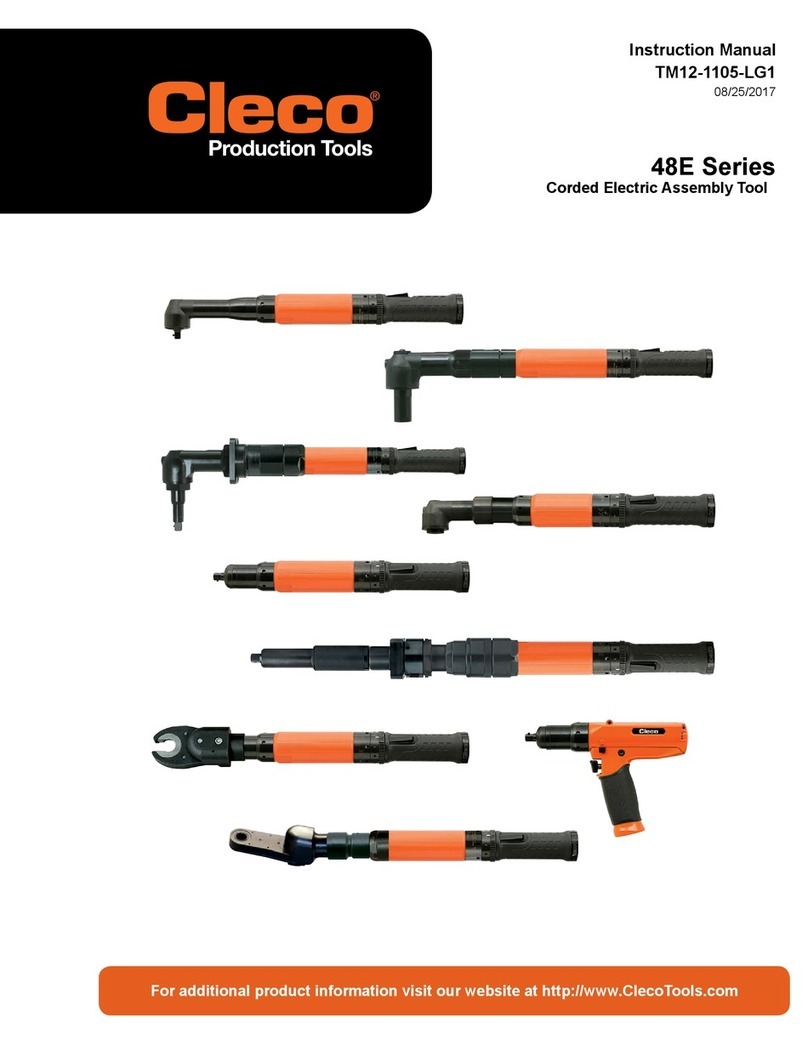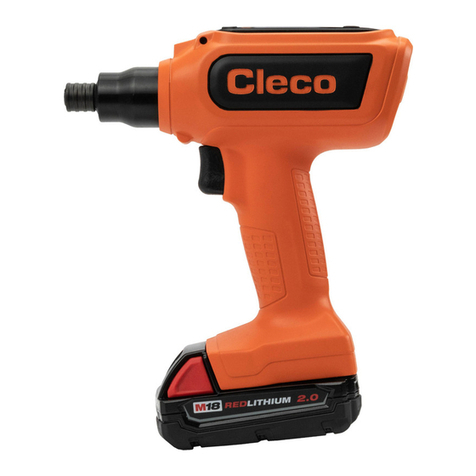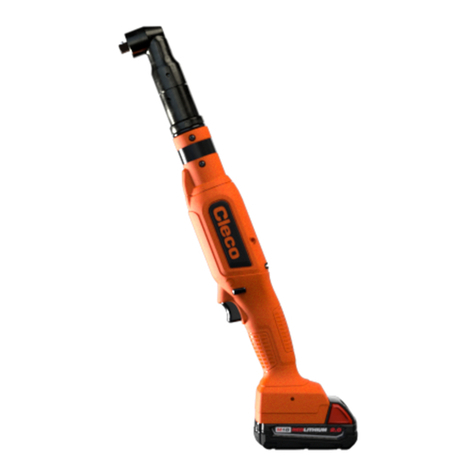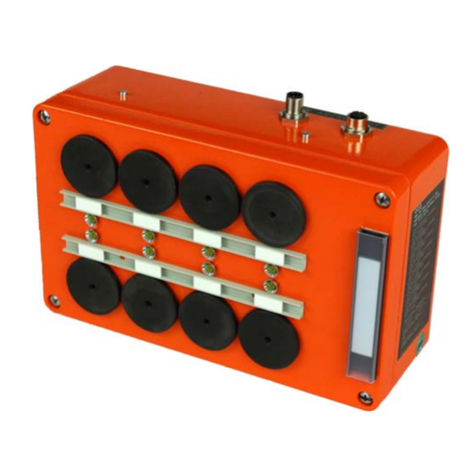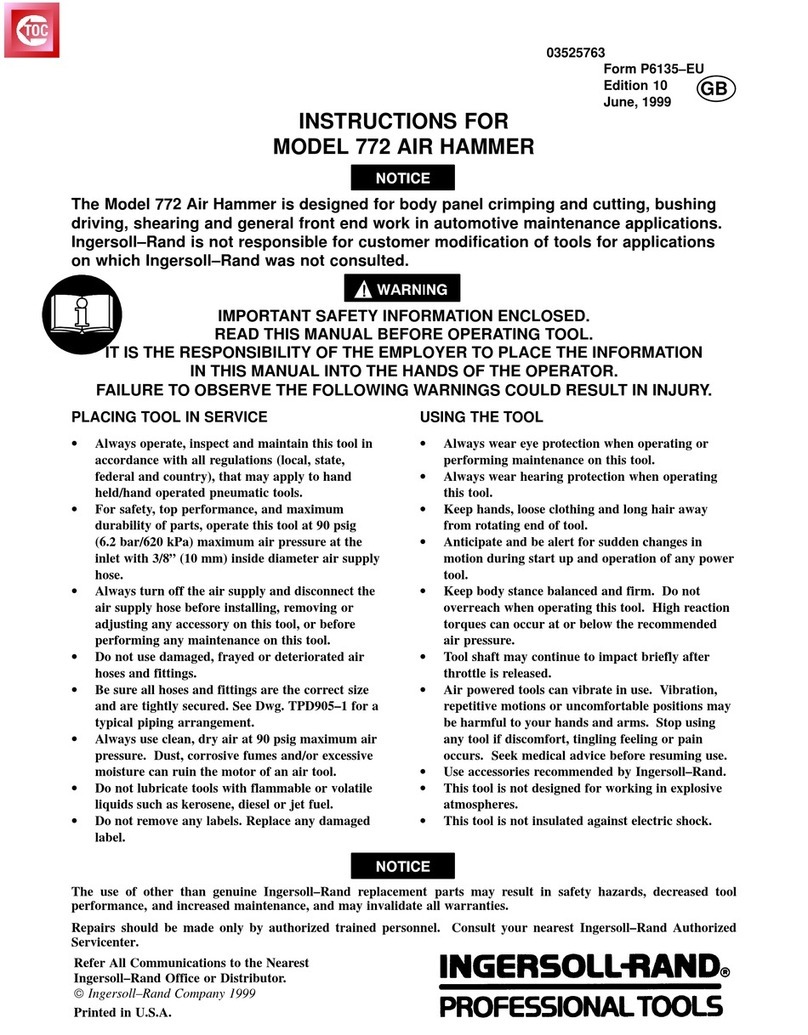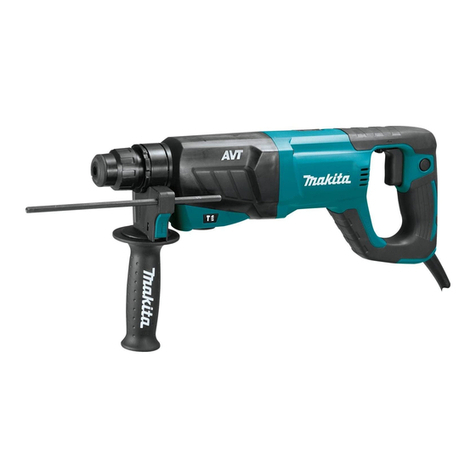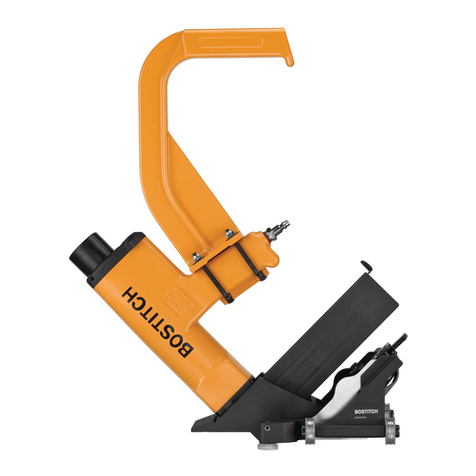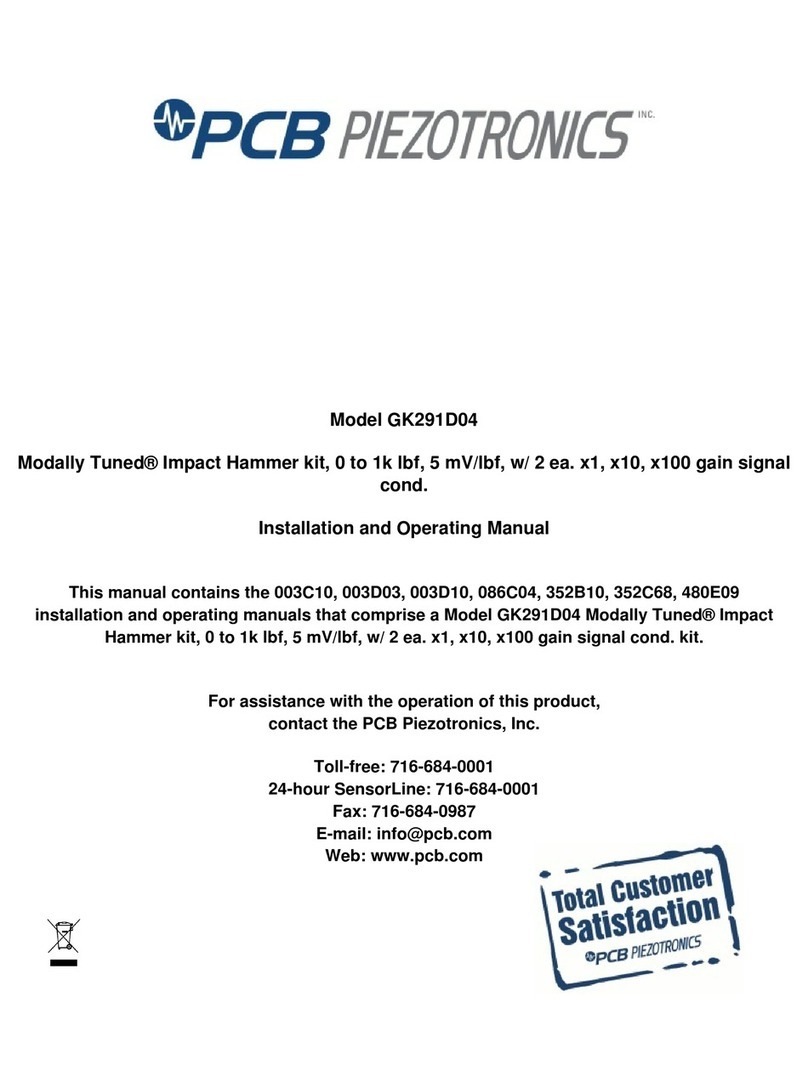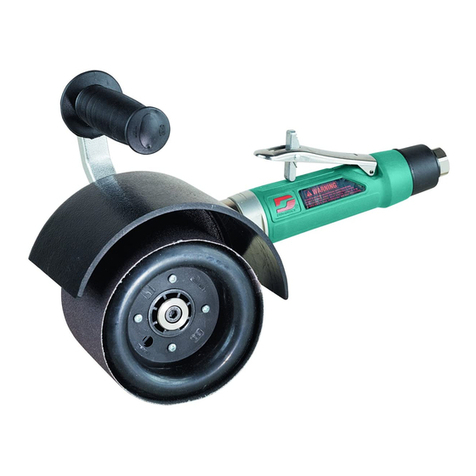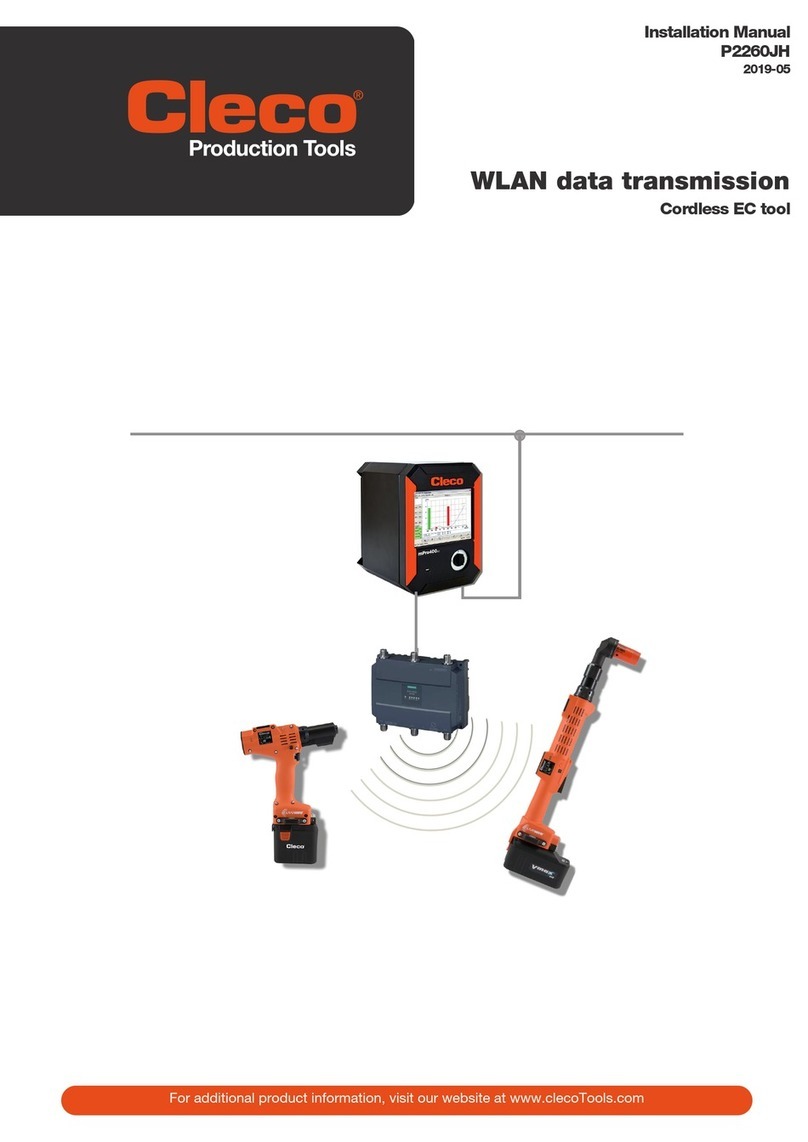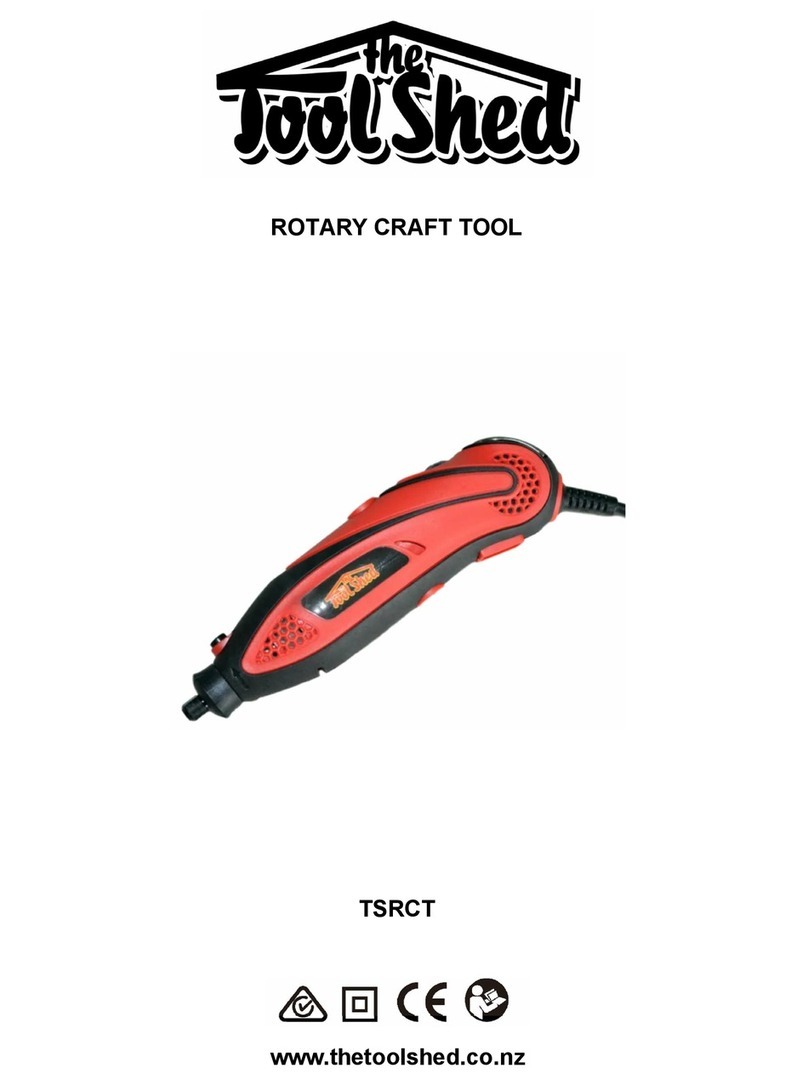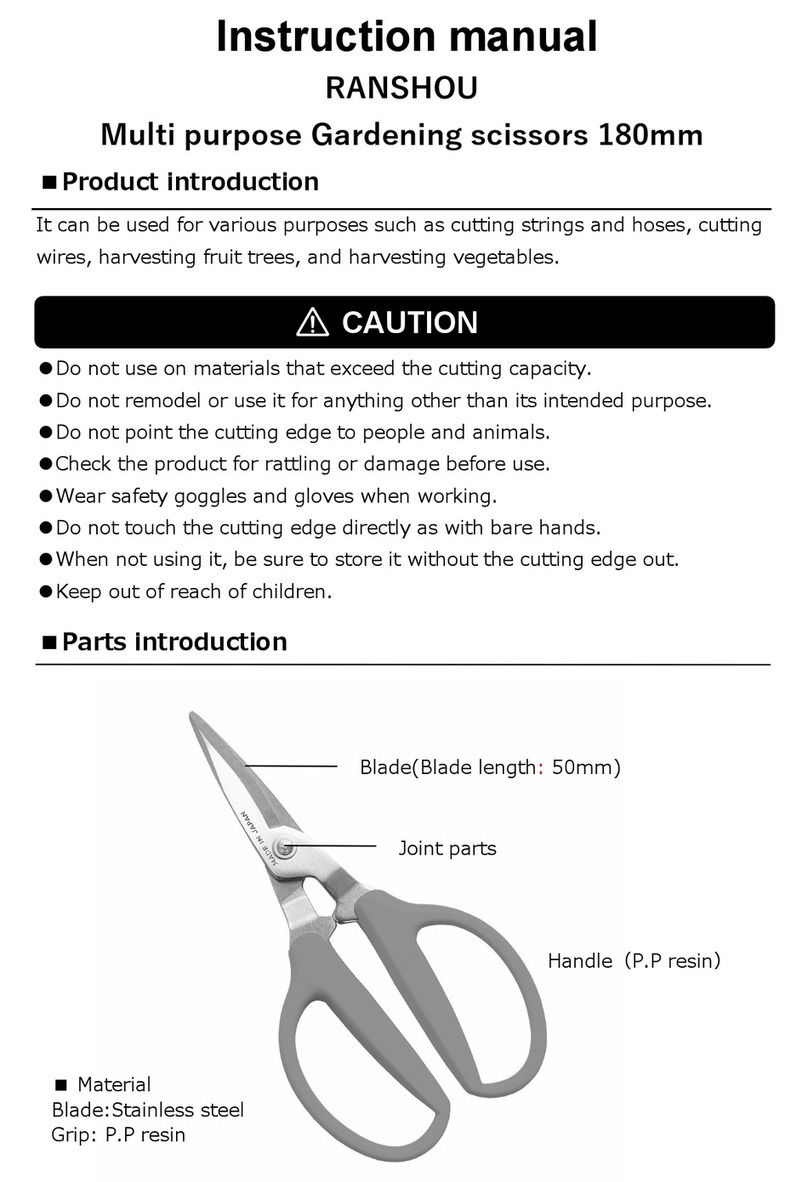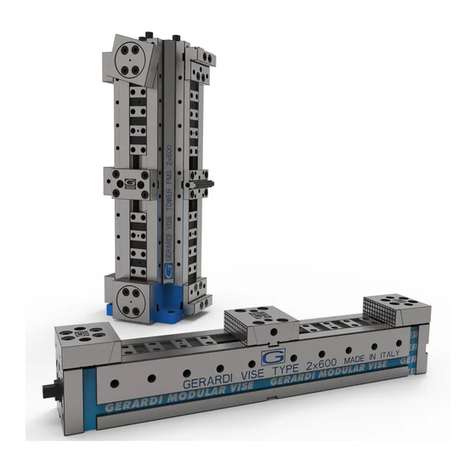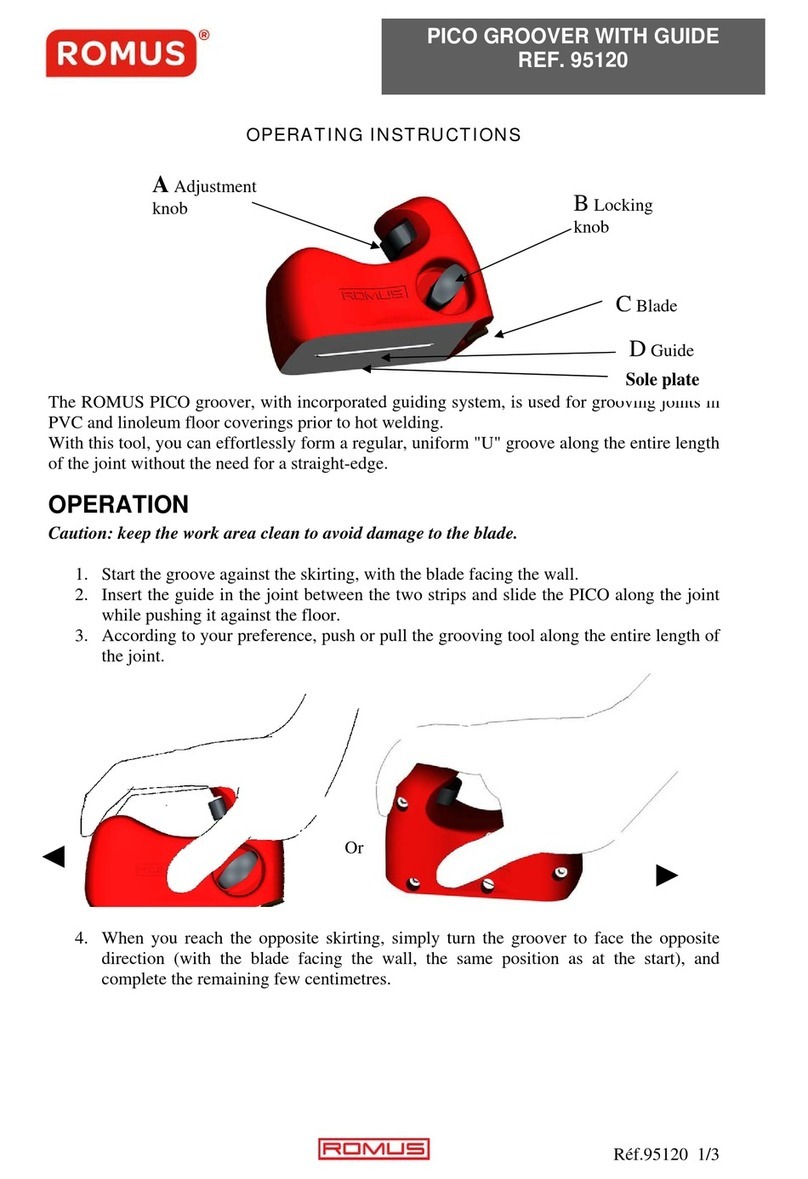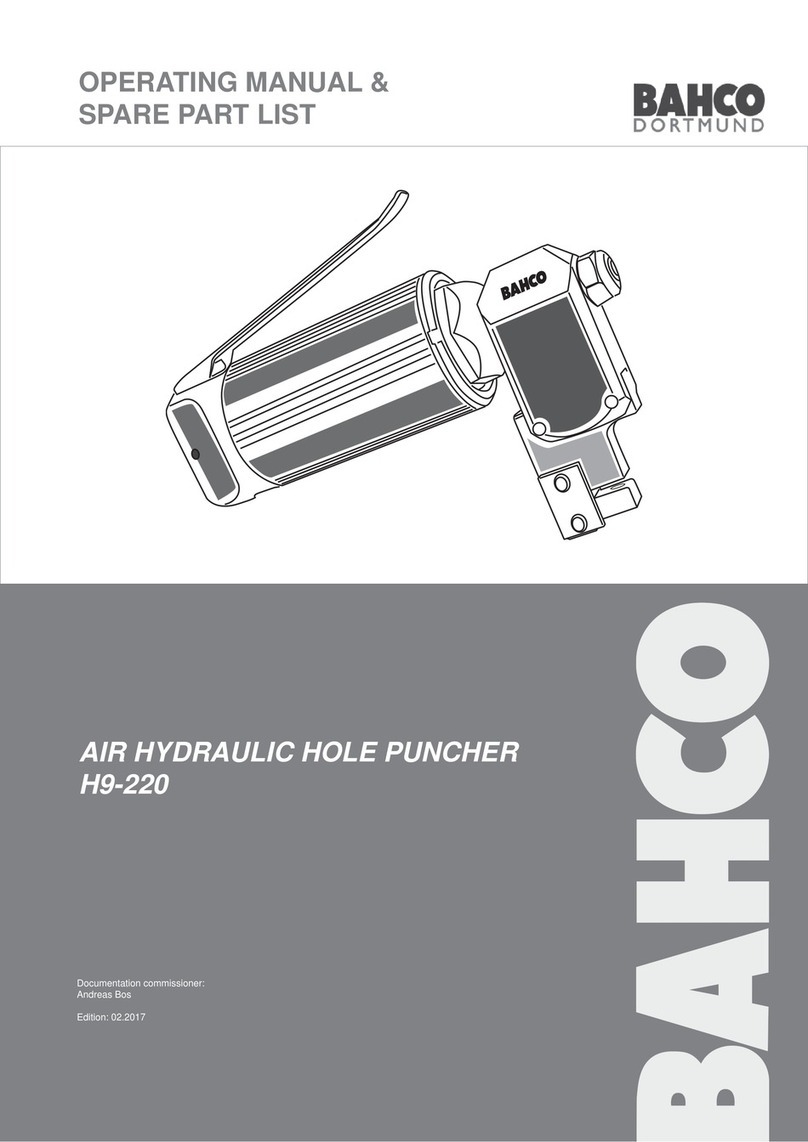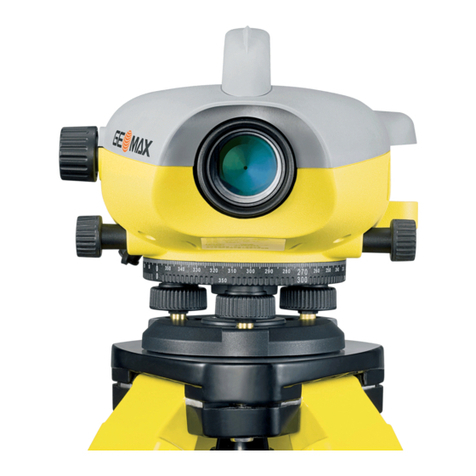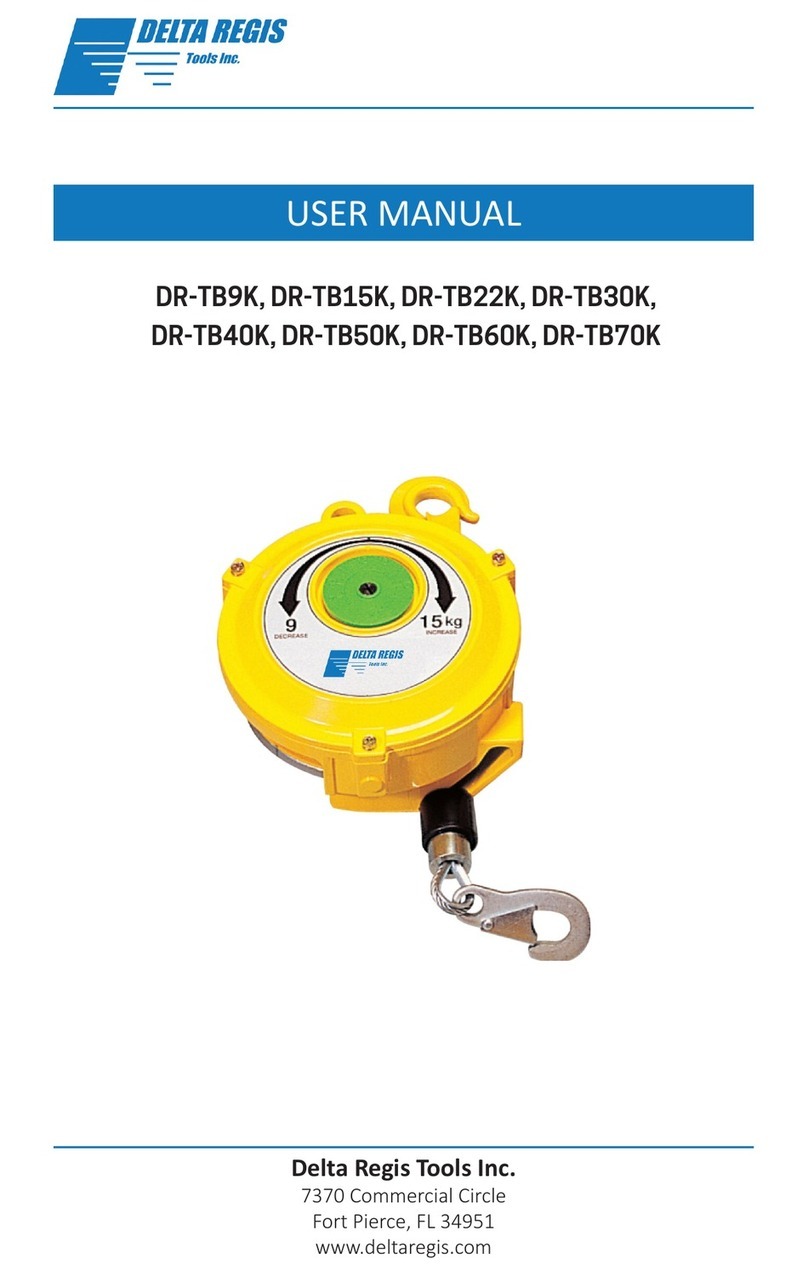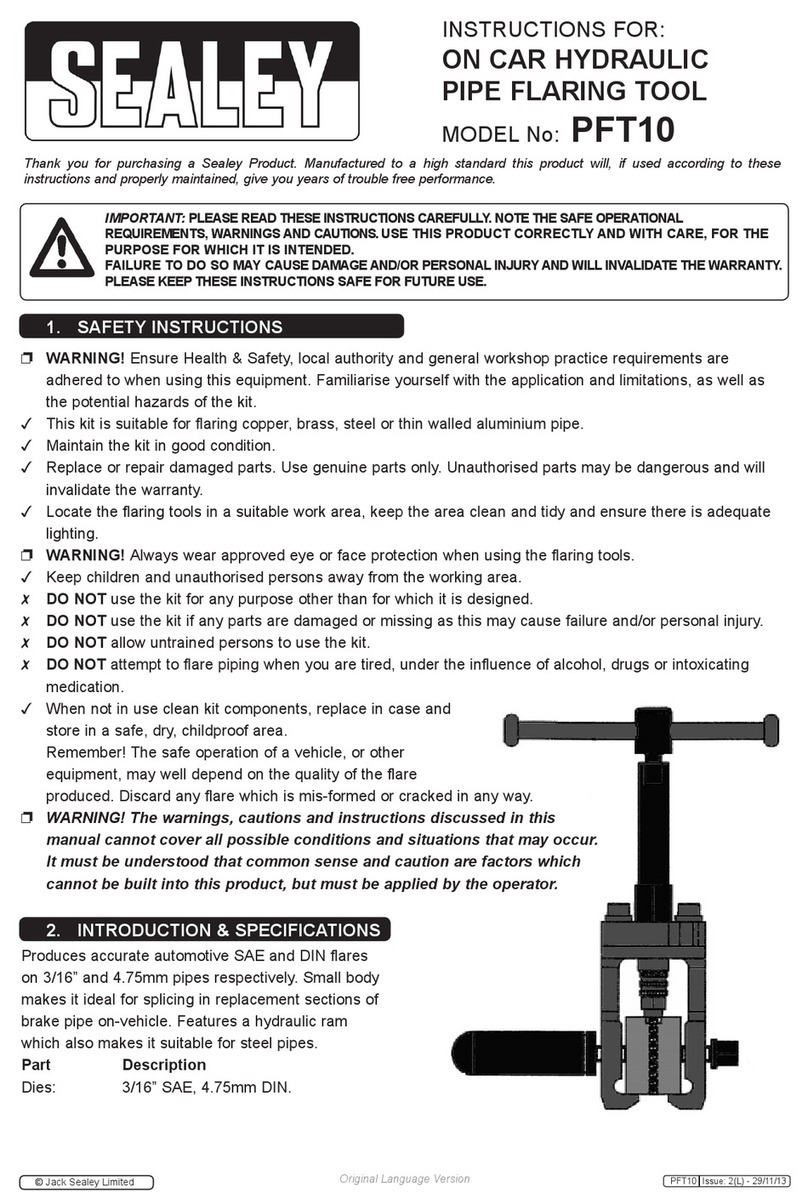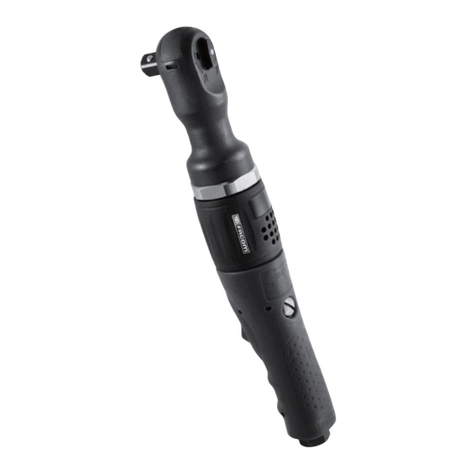
►Switch off the controller before connecting the power
supply and tool cables, when converting, unplugging
the plug connector, cleaning or decommissioning.
►Do not operate the fastening system if the housing,
cable or spindle is damaged.
►In the event of any malfunctions, never repair the fas-
tening system yourself without knowing how to do so!
Inform the local repair center or the responsible Sales
& Service Center.
During installation
►Use suitable lifting equipment to lift the controller to
the desired installation location.
►Make sure that the controller is firmly installed and se-
cured (see Quick Reference Guide).
►Route cables and lines such that there is no risk of
damage or tripping hazard.
►Comply with the permissible bending radius of the ca-
ble.
►Use an approved power cable with suitable ratings.
►For 115 VAC: Use a cable with a larger cross-sec-
tional area.
Order No. 5416832‑01.
Before commissioning
►Only operate on an earthed network with a neutral
conductor (TN system). Operation without a neutral
conductor (IT network) is not permitted.
►Make sure the PE connection is compliant with stand-
ards.
►A type "A" residual current operated device (RCD) is
recommended to protect the supply line.
►Prior to commissioning, carry out the protective con-
ductor measurement in accordance with the local reg-
ulations (in Germany, DGUV Regulation 3).
►Do not switch the controller on until all connections
have been properly established.
Risk of injury due to dangerous movements
Inadequate emergency stop devices could have potentially
fatal consequences.
►The necessity of an emergency stop and its imple-
mentation are the responsibility of the operator and
subject of his risk analysis!
►Ensure accessible and effective emergency stop de-
vices. Unlocking an emergency stop device must not
cause an uncontrolled restart of the system!
►Before switching the system on, check the function of
the emergency stop devices.
During operation
►Protect the controller against moisture.
►In the event of unusual noises, heating or vibrations,
switch off the controller immediately.
►Pull out the power plug and have the tightening sys-
tem checked by qualified personnel; have it repaired if
necessary.
►Never pull the plug on the cable from the outlet.
►Protect the cables from heat, oil, sharp edges or mov-
ing parts.
►Replace damaged cables immediately.
►Keep the connections between the controller and
spindle clean.
►Keep the workstation tidy to prevent injury or damage
to the fastening components.
►Ensure that there is enough room at the workstation.
Danger due to incorrect torque measurement
An undetected NOK tightening could have life-threatening
consequences.
►It is imperative that the tool is recalibrated (or a capa-
bility analysis performed) after improper use
(dropped, mechanical overload ...).
►For category A rundowns (VDI 2862) which are critical
for safety, activate a redundancy measurement (e.g.,
current redundancy).
►Introduce regular measuring equipment monitoring for
the machines and spindles.
►Only work with a tightening system that is working
correctly. If in doubt, contact a Sales & Service Cen-
ter.
Danger due to an unexpected motor start or an ex-
pected, but not functioning, stop
Despite redundant control components and monitoring
functions, it can happen in very rare cases that the motor
starts unexpectedly.
Possible reasons: Remote control of diagnostic functions,
bit dump in the memory of the controller.
Starting from the spindle, mechanical hazards can result,
such as jerks/jolts due to reaction torque and the risk of in-
jury due to being reeled in and seized.
►Use sufficiently dimensioned reaction devices for the
maximum possible torque.
►After switching the controller on, wait until the boot
process is complete. This takes about 1 minute. Do
not switch on/off until then.
Use of the secondary controller
Up to 15 secondary controllers can be added to a primary
controller. When the secondary controller is switched off or
fails, the TSNet bus communication is interrupted. The
loss of communication to the primary controller affects the
secondary controller:
•No results are reported back to the primary controller.
•No more fastenings are started.
•A running fastening process shows the error message
SA (aborted by removal of the start signal) if the
TSNet connection was interrupted during the fas-
tening process.
•A shutdown signal is no longer received, so shutdown
only takes place:
-by activating the STO safety shutdown
-after reaching the switch-off criterion or
-via a safety shutdown after two seconds.
WARNING!
During remote start operation (multiple fasteners), an in-
terruption in the TSNet bus leads to a delayed stop of the
tool. This delay is 2 seconds.














